Updated: 08-Nov-2024
TEXTRON - LYCOMING
(USA)
Just like Continental, which has ended up in the orbit of the Teledyne Corporation, the Lycoming company is also included in another company, Textron, which also includes Cessna and Bell.
-As we saw in the Lycoming chapter (see), there are two divisions, one for piston engines in Williamsport, Pennsylvania and the other for turbine engines in Strattford, Connecticut.
-The engines built are already mentioned in the Lycoming chapter, remembering here only the O-235, O-290, O-320, O-360, O-540 and O-541 series, the O-580 as well as the O-720.
-The references mentioned are regarding the general layout of opposed cylinders and the cubic capacity in cubic inches.
-There are many variants of all of them.
-For example, if the reference has the letter “A”, it means that the engine has aerobatic capacity.
-If it has “AE” it is an Aerobatic Engine.
-The “G” stands for Geared, with a reduction gear.
-The “H” stands for Helicopter, designed for them.
-The “I” stands for Fuel Injection.
-The “L” stands for engines that rotate to the left, seen from the pilot’s seat.
-The “O” stands for horizontally-opposed cylinder engines.
-The “S” stands for supercharged engines.
-The “T” stands for turbocharged engines.
-The “V” stands for vertical mountings, generally on helicopters.
-“D”, Direct Drive, a letter used very rarely.
-We now present some of the most characteristic Lycoming engines.
-The complete list, we insist, appears in the Lycoming chapter.
-In 1929, the Lycoming factory started with its first aircraft engine, a 9-cylinder radial, the R-680, of which some 25,000 units were made.
-But the ones currently being built at the factory would be the O-235, from 100 to 118 HP.

“Lycoming O-235”
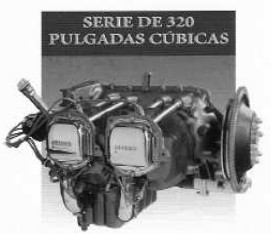
“Lycoming O-320”

“Lycoming IO-360”
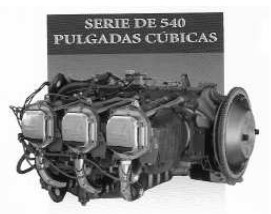
“Lycoming IO-540”
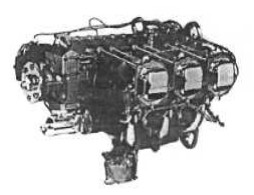
“Lycoming O-540”
-As mentioned, the engines can have a carburetor, fuel injection, turbo, etc., most Lycomings can have the indicated accessories. So we now show the turbocharged version of the O-540, the TIO-540.

“TIO-540”
-The IO-541 engines are no longer in production. In their place appears a new IO-580, from 300 to 325 HP, also with turbo.
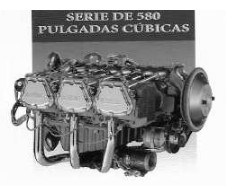
“Lycoming IO-580”
-The aerobatic engines are based on the O-320 (AEIO-320), the O-360, the O-540 and the O-580.

“Lycoming AEIO-580”
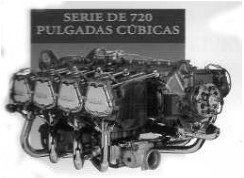
“Lycoming 8-cylinder, IO-720”
-As we have seen, up to the IO-360 are four-cylinders, the rest are six-cylinders, except for the O-720 which has eight horizontallly-opposed cylinders.
-Next to the model some letters are added for differentiating each engine depending on the aircraft for which they are intended. For example IO-360-A1B6D.

“Lycoming XH-2470”
-This is a vertical H-engine with two crankshafts. (NARA, via TorqueMeter).
-The illustration of the Lycoming XR-7755 engine that gave 5,000 HP at 2,600 rpm, does not belong here.

“Lycoming XP-7755, upright”
-It belongs to the 1940s when Lycoming had not yet entered the Textron group.
-But, as Lycoming already has this engine, with other views, it is used to insert it in this chapter to fill it out more.
-The Turbine Division continues with some models such as the T-53, the T-55 (later they would move to Honeywell, see).
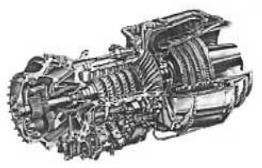
“T-53”
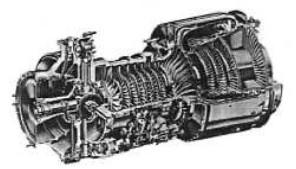
“T-55”
-The T-53s give between 1,00 and 1,500 SHP, while the T-55s deliver between 2,500 and 3,000 SHP.
-These engines have their civil version with designations that unite the military model with two more digits, thus, the T-5311, T-5313, T-5317, etc. And the T-55 the same, T-5508, etc.
-The other important group of turboprops and turboshafts are the LTS-101 for turboshafts and the LTP-101 for turboprops.
-The letter “S” is for Shaft and the “P” is for Propeller.
-The LTS-101, depending on the series (600, 650, 700 or 750) gives between 550 SHP and 690 SHP.
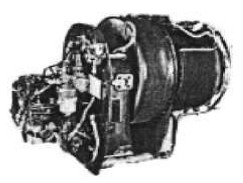
“LTS-101-650”

“LTS-101-750”
-The LTP-101 turboprops can give, in the 600 series, about 620 SHP, and in the 700 series, 700 SHP.
-We see in the front part the reduction box and propeller hub.
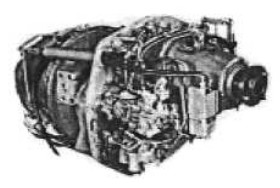
“LTP-101-700”
-The other important engines of this Division are the ALF-502, medium turbofans of between 6,500 and 7,500 lbf of thrust, depending on the R or L version.
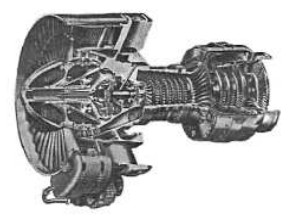
“ALF-502L”
-They are mainly used on the BAe-146 medium four-turbine aircraft, known in the aeronautical field as the “Quiet Jet” or “Silent Reactor”, the main quality of these engines.
From Appendix 6: The location of a Lycoming engine is considered a success in the search for aviation engines for this publication, certainly not old, since it was offered around 1986 and has gone unnoticed due to its lack of application.
-It is a 70-80 HP horizontally-opposed twin-cylinder engine known as the O-160 specification.
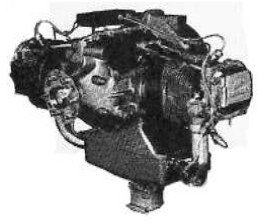
“Lycoming O-160”
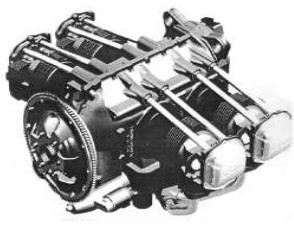
“Lycoming IO-233 LSA”
-And the new 116 HP IO-233 LSA for light aviation.
-Towards mid-2006, Lycoming introduced new lines of engines for general aviation and LSA (Light Sport Aircraft). Some are not yet certified in 2008.
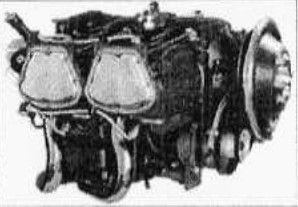
“IO-390-EXP”
-The Thunderbolts are precisely from the same range between O-235 and O-720, with turbocharger and fuel injection, including IEE or Integrated Electronic Engine. They can run on AVGAS 100LL and are ready to use the new AVGAS 91/96 UL gasoline.
-Made as “Signature” so they are also known as Thunderbolt Signature.

“Lycoming iE2 (IEE) Series”
-It offers the following models in categories such as Signature, Echelon, Extreme, Competition, etc:
-O-235 N2C.
-IO-233-LSA
-O-320-D, -A, -B
-O/IO-360-A, -M, -L.
-IO-390-EXP.
-O-540-E, etc.
-IO-540-D, -K, -L y NXT.
-IO-548-A, -B, -L.
-IO-720

“Lycoming IO-233-LSA”
-IO-233 is a derivative of O-235. NXTs can even use water injection.
-IO-390 Echelons will replace IO-360s for the Cardinal RG, for example.
-These engines are in the 200 HP range. They compensate the lower compression ratio with an increase in displacement to give the same power.
NOTE: Low-lead LL gasoline is scheduled to be replaced by unleaded UL gasoline in 2010, after a second moratorium for the industry to adapt, both in the US and in Europe.
-These two areas will be the first where it will be mandatory due to the strict environmental regulations.
-Unleaded fuel in Europe will comply with Euro Norm EN228 and ASTM D4814 in the US.


